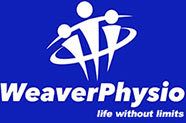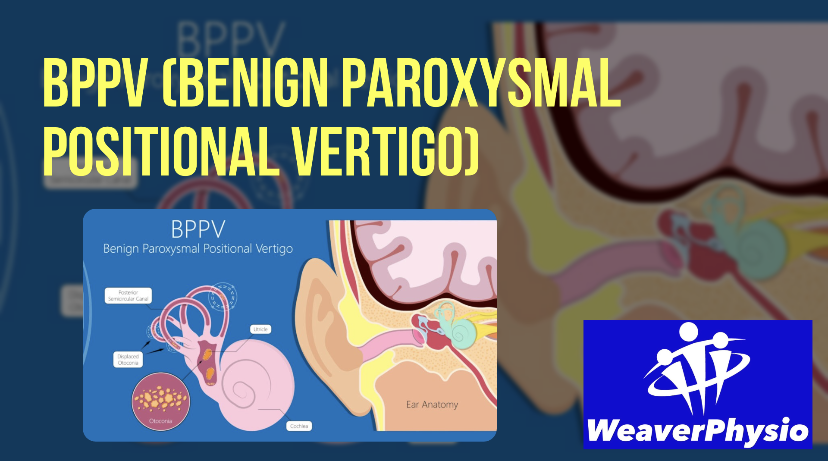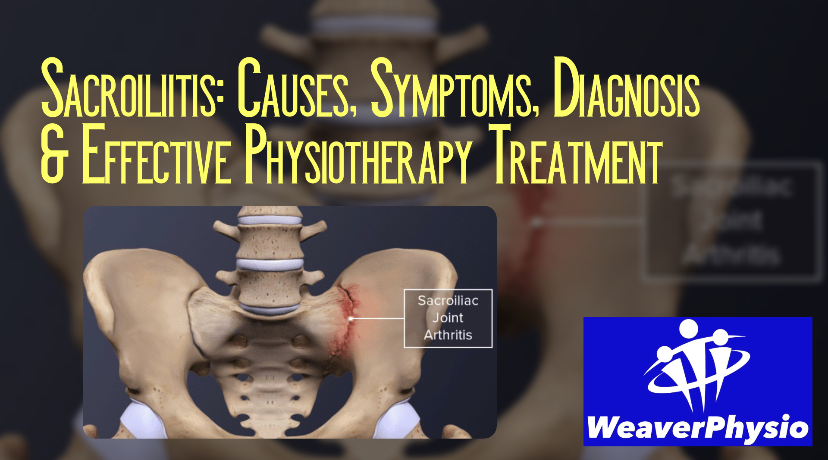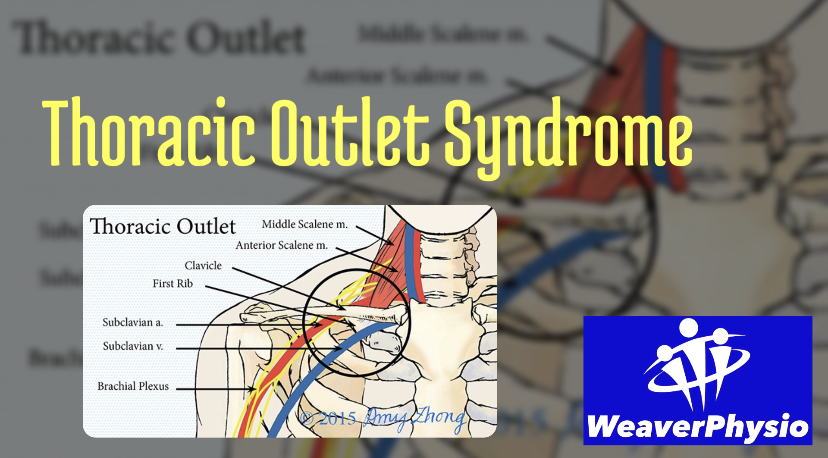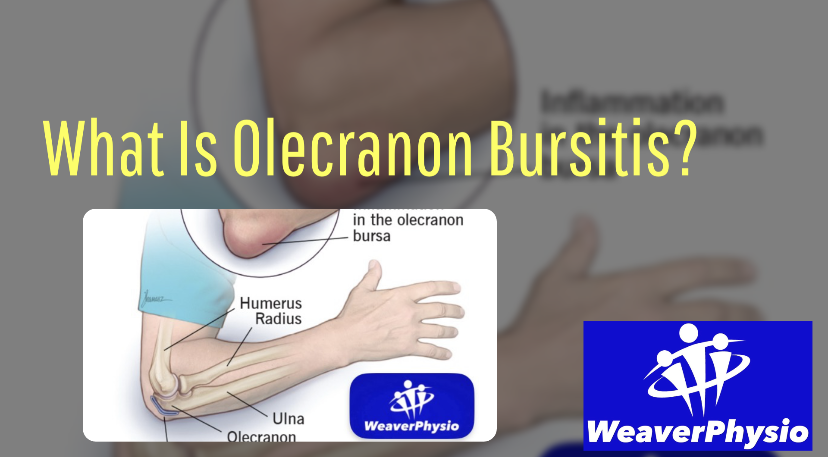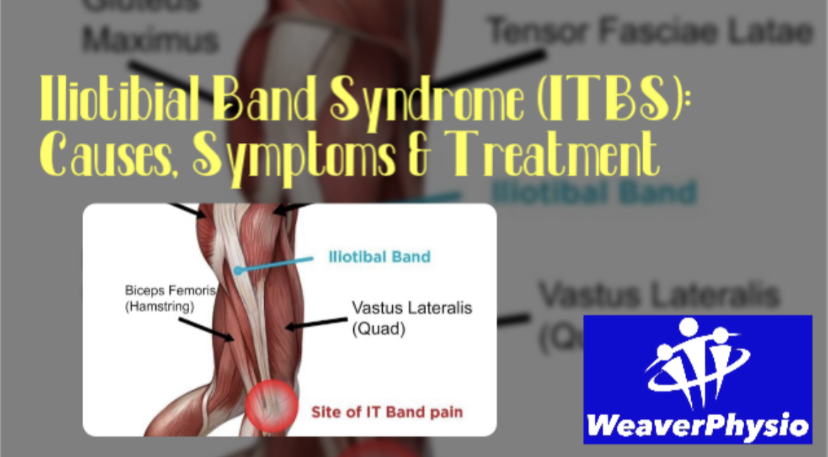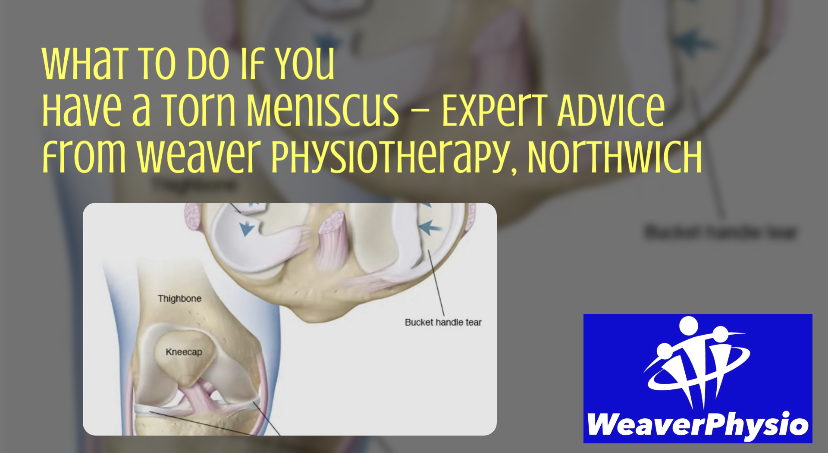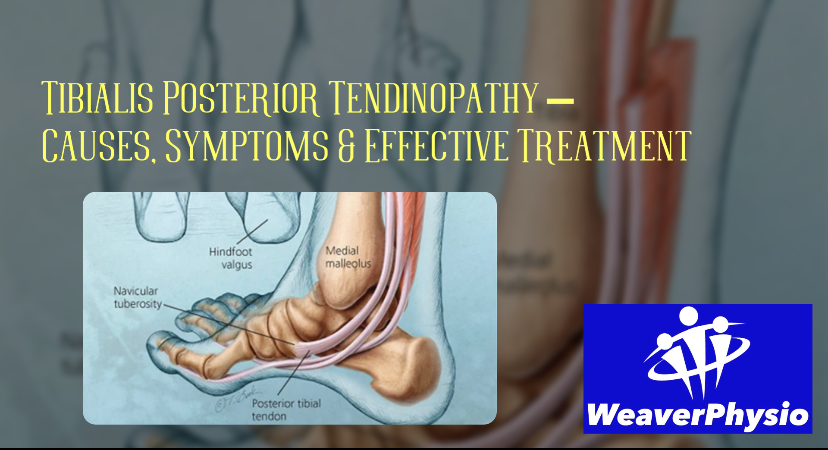Top 3 Reasons Runners Get Injured
Expert Advice from Weaver Physiotherapy & Sports Injury Clinic, Northwich

Running is one of the most accessible and rewarding forms of exercise — it builds strength, boosts cardiovascular health, reduces stress, and connects us with nature. But while it may look simple, running places unique demands on the body, and even small imbalances can lead to injury over time.
At Weaver Physiotherapy & Sports Injury Clinic in Northwich, Cheshire, we see hundreds of runners each year — from Parkrunners and marathoners to weekend joggers — all dealing with frustrating pain or recurring injuries. The truth is, most running injuries aren’t caused by a single “bad step” or freak accident. They build up gradually due to repeated stress, overload, or insufficient recovery.
In this blog, our physiotherapy experts break down the Top 3 Reasons Runners Get Injured, explain the science behind each one, and share evidence-based strategies to help you stay healthy, strong, and performing at your best.
1️⃣ High Impact Forces – The Hidden Stress of Every Step
Each time your foot strikes the ground during running, your body absorbs forces up to 2.5 to 3 times your body weight. Multiply that by thousands of steps per run, and you start to understand why the repetitive impact can lead to problems in the muscles, tendons, and joints.
What Are Impact Forces?
Impact forces are the shockwaves that travel up through your foot, ankle, knee, and hip every time you land. The body is built to absorb these — your muscles, tendons, and joints act as natural shock absorbers — but if the load exceeds your tissue capacity or recovery is poor, injury risk skyrockets.
Common Injuries Caused by High Impact:
• Shin Splints (Medial Tibial Stress Syndrome)
• Stress Fractures in the tibia, metatarsals, or hip
• Plantar Fasciitis
• Knee Pain (Patellofemoral Pain Syndrome)
• IT Band Syndrome
Why Do Some Runners Experience Higher Impact Forces?
Several biomechanical and training factors can increase impact load:
• Overstriding: Landing the foot too far in front of the body causes a braking effect and increases stress on the joints.
• Poor Footwear: Worn-out or unsuitable running shoes reduce shock absorption.
• Hard Surfaces: Continuous running on tarmac or concrete can compound repetitive stress.
• Weak Lower Limb Muscles: When the calves, glutes, and core aren’t strong enough, they fail to absorb and control landing forces efficiently.
How Physiotherapy Helps
At Weaver Physio, our physiotherapists use video gait analysis to identify how you land, stride, and move while running. By analysing your mechanics in slow motion, we can pinpoint inefficient patterns like overstriding, knee collapse, or asymmetry that increase impact stress.
Treatment focuses on:
• Improving running technique and cadence
• Strengthening impact-absorbing muscles (glutes, calves, hamstrings)
• Footwear advice based on your running style
• Progressive loading programmes to build resilience
Reducing impact isn’t about changing your running style overnight — it’s about optimising how your body manages load so you can run further, faster, and pain-free.
2️⃣ High Repetition – Too Much, Too Soon
Running is a repetitive, cyclical motion — and that’s both its beauty and its risk. When you repeat the same motion thousands of times, small mechanical imbalances or training errors can lead to tissue overload and breakdown.
The Cumulative Load Problem
Unlike contact sports, most running injuries are overuse injuries caused by repetitive microtrauma rather than acute trauma. Every stride is a mini stress test. If your tissues (tendons, muscles, joints, bones) don’t have enough time to adapt and repair, they begin to break down faster than they can recover.
Classic Overuse Injuries from High Repetition:
• Achilles Tendinopathy
• Runner’s Knee (Patellofemoral Pain)
• Hamstring Tendinopathy
• IT Band Friction Syndrome
• Gluteal Tendinopathy
Training Errors That Lead to Overuse:
• Sudden Mileage Increases: Jumping from 20km to 40km a week doubles your load without giving tissues time to adapt.
• Too Many Hard Runs: Replacing recovery runs with tempo sessions or sprints increases strain on the body.
• Lack of Variation: Running the same route, pace, and surface every time limits movement variability and leads to repetitive strain.
• Ignoring Early Warning Signs: Mild soreness is a signal. Pushing through pain is a fast track to injury.
How to Build Smart, Sustainable Training
1. Follow the 10% Rule: Don’t increase your weekly mileage by more than 10% at a time.
2. Prioritise Recovery Days: Rest and cross-training are essential for tissue repair and adaptation.
3. Vary Terrain and Intensity: Mixing up your routes, surfaces, and sessions distributes stress across different tissues.
4. Include Strength Training: Resistance exercises for glutes, calves, and core improve load tolerance and stability.
5. Listen to Your Body: Niggles are messages — address them early with physiotherapy before they become chronic.
At Weaver Physio, we help runners design progressive training plans that balance load, recovery, and adaptation. Our physiotherapists often combine manual therapy, strength and conditioning, and gait re-education to prevent repetitive overload and improve long-term running resilience.
3️⃣ Lack of Tissue Capacity – When Your Body Isn’t Ready for the Load
The third — and arguably most important — reason runners get injured is a lack of tissue capacity. Simply put, your tissues (muscles, tendons, joints, and bones) can only handle a certain amount of load before fatigue, irritation, or injury occurs. If your training exceeds that limit, the tissues fail.
Understanding Tissue Capacity
Tissue capacity refers to the amount of stress or mechanical load your tissues can tolerate before becoming damaged. The stronger and more resilient your tissues are, the greater the capacity to absorb and handle training demands.
When you run regularly without adequate strength, rest, or recovery, your capacity decreases while the load remains high — a mismatch that leads to injury.
Common Signs of Low Tissue Capacity
• Persistent muscle tightness or soreness
• Pain that worsens with activity but eases with rest
• Declining performance or early fatigue
• Recurrent “niggles” that never fully resolve
Injuries Linked to Low Tissue Capacity
• Achilles Tendinopathy
• Patellar Tendinopathy
• Plantar Fasciitis
• Hamstring or Calf Strains
• Hip or Gluteal Tendon Pain
Why Tissue Capacity Matters
Running doesn’t just test your cardiovascular system — it’s a repetitive strength endurance activity. Each stride is a load challenge to your muscles and tendons. Without regular conditioning, they simply aren’t equipped to meet the demands of consistent training.
Think of it like this:
Load > Capacity = Injury
Load < Capacity = Adaptation and Performance
Your goal as a runner should be to increase capacity — not just run more, but train smarter.
How Physiotherapy Builds Tissue Capacity
At Weaver Physiotherapy & Sports Injury Clinic, we take a scientific approach to rebuilding and increasing tissue capacity. This includes:
• Strength & Conditioning Programmes: Progressive resistance exercises to build tendon and muscle strength.
• Isometric Loading: Early-stage tendon rehab exercises to reduce pain and build tolerance.
• Plyometric & Functional Drills: To develop power and elasticity in the running muscles.
• Shockwave Therapy: Stimulates healing and tissue regeneration in chronic tendon problems.
• Individualised Rehabilitation Plans: Designed specifically for your goals, running history, and biomechanics.
Our Runner’s MOT and Video Gait Analysis services provide detailed biomechanical insight into how your body moves and where your weaknesses lie — allowing us to target the root causes, not just the symptoms.
How Physiotherapy Prevents Running Injuries
The key to staying injury-free isn’t just reacting to pain — it’s preventing it before it starts. Physiotherapy bridges the gap between training and performance by helping runners:
• Identify early signs of overload
• Improve movement efficiency
• Correct strength and mobility imbalances
• Optimise recovery and load management
Preventive Physio Strategies for Runners
1. Regular Screening & Gait Assessment – Detect biomechanical faults early.
2. Strength Training Twice Weekly – Essential for tendon and joint health.
3. Mobility & Activation Drills – Maintain healthy range and muscle balance.
4. Gradual Training Progression – Avoid spikes in volume or intensity.
5. Recovery Strategies – Massage, sleep, and nutrition to support tissue repair.
At Weaver Physio, our multidisciplinary team includes experts in running biomechanics, sports rehabilitation, and performance conditioning. We use a combination of manual therapy, acupuncture, shockwave, and exercise prescription to help runners across Northwich, Knutsford, Middlewich, Winsford, and Cheshire move better, recover faster, and perform stronger.
When to Seek Physiotherapy for a Running Injury
Don’t wait until pain stops you from running. Early physiotherapy intervention can prevent a small issue from becoming a long-term problem.
You should book an appointment if you:
• Experience pain lasting more than 3-5 days
• Notice pain during or after every run
• Feel numbness, tingling, or shooting pain in the leg or foot
• Struggle to increase mileage without soreness
• Have recurrent injuries or a persistent niggle in the same area
Our physiotherapists will conduct a comprehensive assessment to determine the cause, not just the site, of your pain. Treatment focuses on:
• Relieving pain quickly
• Correcting biomechanical faults
• Re-educating movement patterns
• Rebuilding tissue strength
• Preventing re-injury
Build Resilient, Injury-Free Running with Weaver Physio
Running injuries don’t happen by chance — they happen by overload, imbalance, and lack of recovery. The good news is, with the right knowledge and physiotherapy support, they’re highly preventable.
At Weaver Physiotherapy & Sports Injury Clinic, we specialise in running injury treatment, prevention, and performance optimisation. Whether you’re preparing for your first 5K or chasing a marathon PB, our goal is to help you move better, recover faster, and run stronger — for life.
📍 Weaver Physiotherapy & Sports Injury Clinic
Northwich | Knutsford | Middlewich | Winsford | Tarporley | Cheshire
💻 http://www.weaverphysio.com
📞 01606 227484

